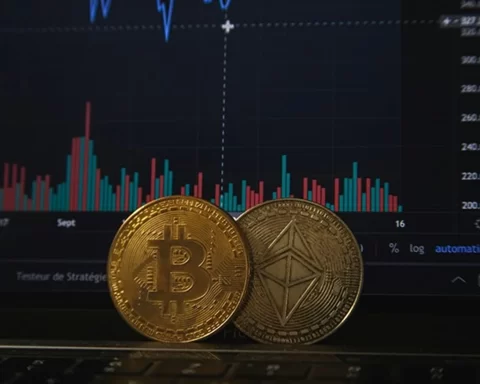Spot Ether exchange-traded funds (ETFs) in the U.S. have now posted 15 consecutive days of inflows, bringing them closer to a $1 billion milestone.
On June 6, ETFs tied to Ether attracted another $25.3 million in inflows, according to data from Farside.
This marked the third straight week of uninterrupted gains.
Momentum Builds Since Mid-May
The inflow streak began on May 16 and has now totaled $837.5 million.
That figure accounts for about 25% of the $3.32 billion in net inflows since Ether ETFs launched in July 2024.
If current momentum continues, another $162.5 million in inflows would push the streak past the $1 billion mark.
By contrast, Bitcoin ETFs saw their own streak broken on May 29, when they recorded outflows totaling $346.8 million.
Bitcoin ETF flows have since been mixed, showing both inflow and outflow days.
Ether, meanwhile, has enjoyed strong price performance.
Its price rose more than 31% over the last 30 days, currently trading around $2,490, according to CoinMarketCap.
Technical Signals Point to $6K Potential
Analysts remain optimistic about Ether’s long-term trajectory.
Crypto Eagles, a well-followed technical analyst, suggested on June 3 that Ether’s current cycle mirrors past price patterns, possibly setting the stage for a rally toward $6,000.
Ether last hit its all-time high of $4,878 in November 2021, per CoinGecko.
Some market watchers believe that incorporating staking into spot Ether ETFs could be the next major development.
This enhancement could significantly boost their competitiveness and investor appeal.
Staking ETFs May Be on the Horizon
Recent developments suggest staking options could soon arrive in the U.S. market.
ETF provider REX Shares has filed to launch both Ethereum and Solana staking ETFs.
James Seyffart, an ETF analyst, noted that REX used regulatory workarounds in an effort to bring these products to market.
While no official launch date has been set, expectations are building.
As Ether’s price strengthens and institutional interest grows, ETFs appear poised to become a dominant force in the asset’s adoption.




